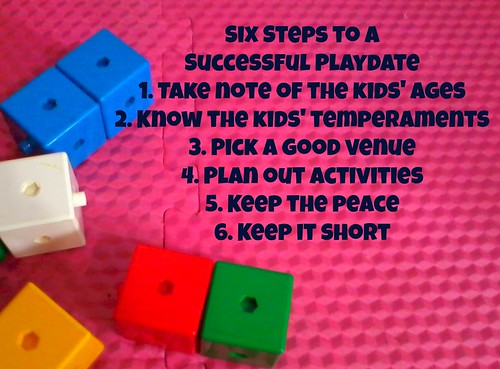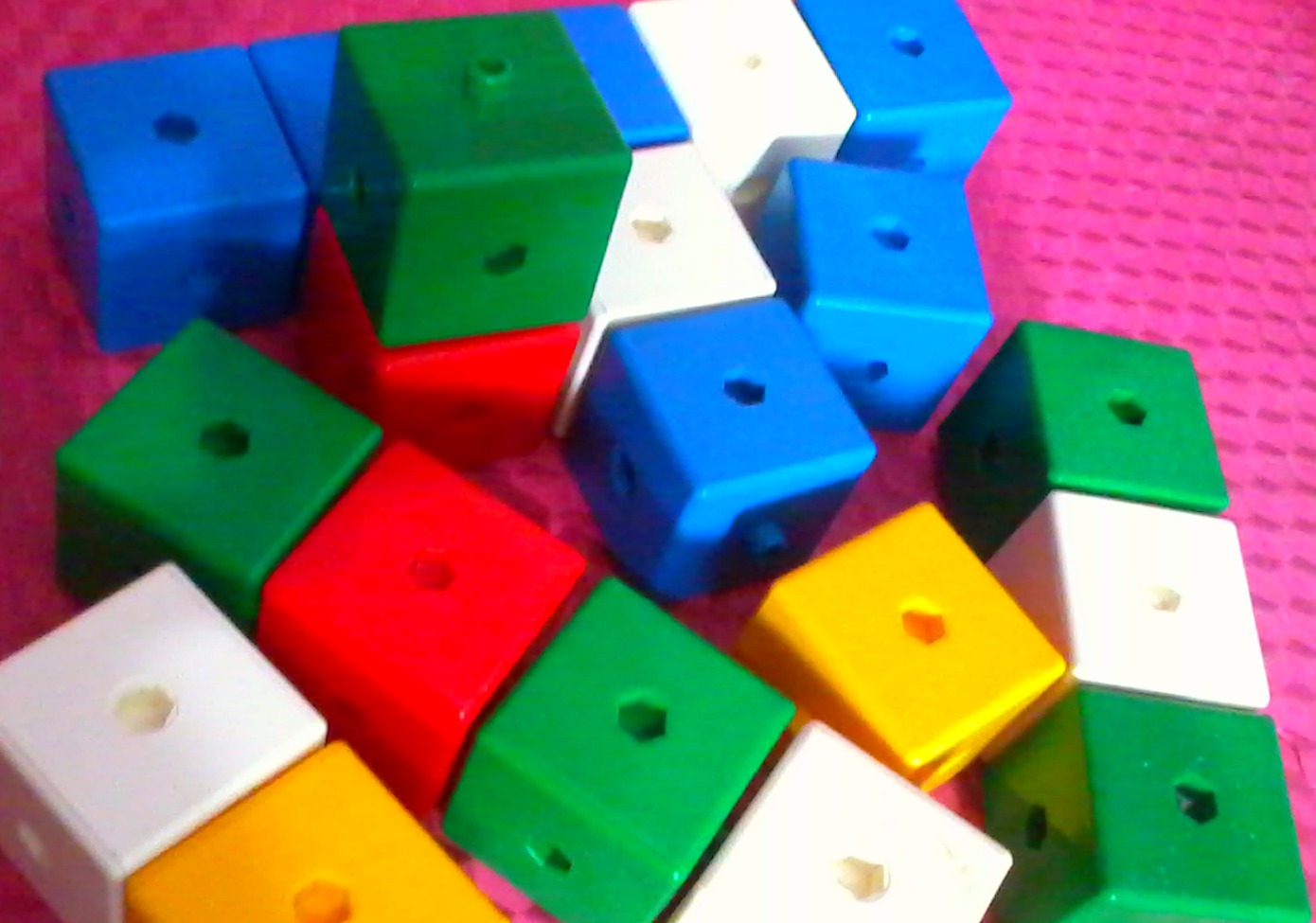
Playdates present wonderful opportunities for children to interact with their peers, learn new things, and have a wonderful time. Such events are also welcomed by moms as they get to catch up on each other’s lives while their children tinker with toys or engage in art activities. However, whenever you gather a group of young tykes, there’s bound to be an exciting incident or another: one child my end up crying because she feels left out or another may start a fight because well, just because.
If you’re bent on arranging a successful playdate, then you’ve got to learn a few things. We ask two women who work with children every day, Camille Barretto and Frances Catabas, teachers at Gymboree, for their advice on how to make playdates into fun, happy experiences for everyone!
Take note of the kids’ ages. Camille says, “It is very important to invite children who are in the same age group and with at least common interests. In this case, it would be easier to determine what activities or toys to prepare.” It’s also a good idea to keep the group small, adds Frances, so that they’re easy to manage. You wouldn’t want a dozen kids running around your garden, wreaking havoc on your flowers.
Keep it short. Playdates which last for the whole afternoon may not only be taxing for the host, but also tiring for the kids. The ideal playdate, says Frances, runs for an hour and a half. More than that, and the kids might start getting antsy. Ask your fellow moms to make sure that their kids are well-fed and well-rested before going to the playdate so that they don’t get cranky easy.
Know the kids’ temperament. It would help to know if the kids have any social inhibitions before planning a playdate, says Camille, so that you can prepare a setting that’s comfortable for them. “Some children may easily get along with other children, but might become aloof when there are adults or new faces around; this might affect their mood immediately.”
Location, location, location. The setting of your playdate would depend on the children’s interests and the environment’s child-friendliness. At home, the garden or backyard would do well for outdoor activities, says Frances. If the kids prefer engaging in craft activities or simple snack preparations, then it’s best to keep everybody indoors. If you’re thinking of an away-from-home playdate, zoos, museums, playschools, and playgrounds are good choices. At the playground, however, Frances says, “Don’t just leave the children and let them explore the area by themselves. It is better and ideal to provide simple and guided activities for them.”
Planning the activity lineup. “Blocks are the simplest, safest, and most full-proof toy to have, as kids can easily play with them and they can create anything they like,” says Camille. For kids three to five, pretend play can be very stimulating. She adds, “Preparing some coloring pages or sketch pad to doodle on might be a nice downtime activity. Snack time would be much more fun if they get to prepare their own snacks or at least get them involved in the preparation.”
Managing conflicts. When tiffs happen between kids, it’s your responsibility as the host to smooth things over. Planning ahead is necessary, says Frances. If there are toddlers, for example, provide toys or materials that would be fair game for everyone as sharing is always an issue at this development stage. When a squabble occurs, it is important to carefully process what happened by listening to the children’s narration of events attentively, says Camille. She adds, “It is also important to reassure them that you understand what they feel without letting them get away with it especially when one has done wrong. Encourage them to speak up or express what they feel. Next, encourage them to reach a compromise and lastly, hug it out!”


Leave a Reply